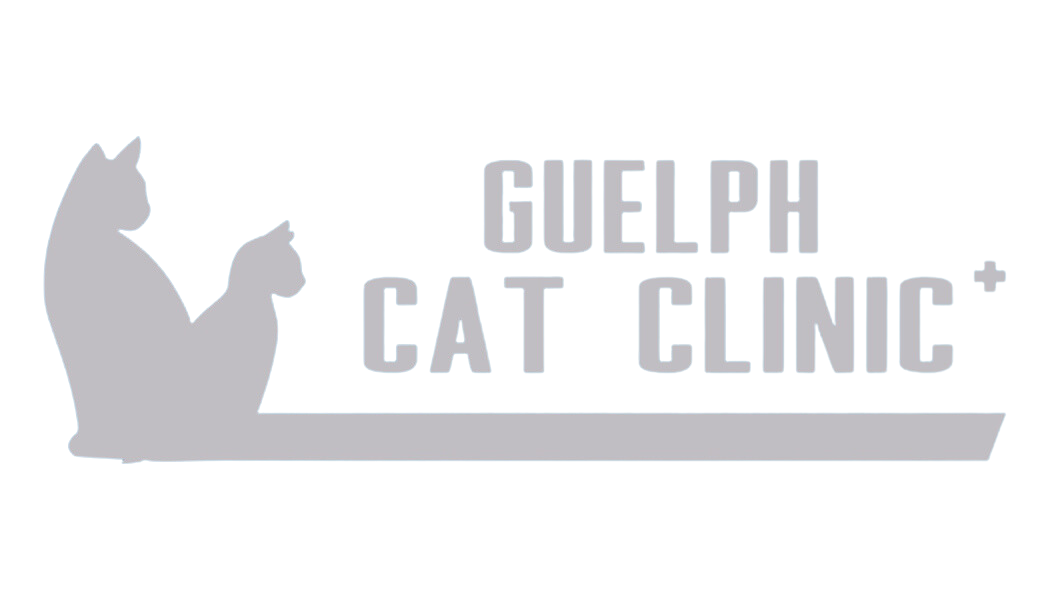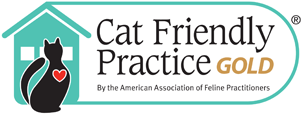Library
-
Methimazole (brand names Tapazole®, Felimazole®, Felanorm®) is an antithyroid medication used to treat hyperthyroidism in cats. It is given by mouth or applied topically to the skin. Common side effects include vomiting, anorexia, and tiredness, but more severe side effects are possible. It is contraindicated in pregnant or nursing pets, as well as in cats with autoimmune disease, liver or kidney disease, and/or blood and clotting diseases.
-
Methionine (brand name Methio-Form) is a nutritional supplement used to make urine more acidic in cats and dogs. Urine acidifiers help manage certain types of urolithiasis (urinary stones). Methionine comes in gel, chewable, powder, and tablet forms. Monitor urine pH and seek immediate veterinary care if signs of Heinz-body anemia appear in cats (pale gums, red-brown urine, weakness).
-
Methocarbamol is given by mouth or injection and is used on and off label to treat muscle spasms due to injury, inflammation, or certain toxicities. Give as directed by your veterinarian. The most common side effect includes sleepiness. Do not use methocarbamol in pets that are allergic to it. If a negative reaction occurs, please call your veterinary office.
-
Methylprednisolone is given by mouth or injection and is used on and off label in dogs, cats, and horses to treat inflammatory, immune-mediated, and hormonal conditions. Common side effects include increased drinking, urination, and appetite, dull/dry haircoat, and/or weight gain.
-
Methylsulfonylmethane is given by mouth and is used over the counter and off label to treat inflammatory conditions such as arthritis. Give as directed by your veterinarian. Side effects are uncommon but may include stomach upset, restlessness, or tiredness. Do not use in pets that are allergic to it or that are pregnant or nursing. If a negative reaction occurs, please call your veterinary office.
-
Metoclopramide is given by mouth or injection and is used off-label to treat gastrointestinal motility disorders, nausea, and vomiting in dogs, cats, and other animals. Give as directed. Side effects are uncommon but may include restlessness, hyperactivity, muscle twitches, drowsiness, and increased urination. Do not use in pets with intestinal blockage or bleeding, pseudopregnancy, pheochromocytoma, or a history of seizures or head trauma. If a negative reaction occurs, contact your veterinarian.
-
Metoprolol is a beta-blocker used to treat certain heart rhythm problems and hypertension (high blood pressure) in cats and dogs. It has also been used in the treatment of hypertrophic cardiomyopathy (HCM) in cats. It is used off label (extra label) in veterinary medicine.
-
Metronidazole is given by mouth or injection and is used off-label to treat certain anaerobic bacterial and protozoal infections and gastrointestinal conditions in dogs, cats, and other animals. Give as directed. Side effects may include nausea, vomiting, diarrhea, regurgitation, decreased appetite, tiredness, and drooling. Do not use in pets that are allergic to it, are debilitated, or are pregnant or nursing. If a negative reaction occurs, contact your veterinarian.
-
Miconazole + chlorhexidine + tris-EDTA topical (brand name MiconaHex+Triz®) is an antifungal and antimicrobial cleansing agent used in the treatment of surface skin infections and to enhance the effectiveness of other topical antibiotics in cats and dogs. It comes in spray, mousse, shampoo, and wipe forms.
-
Miconazole otic is an antifungal used in the treatment of external ear infections (otitis externa) caused by fungal organisms in cats, dogs, and other animals. It may be specially compounded and/or combined into a formulation with other medications. Miconazole otic comes in ointment or liquid drop suspension forms that may be specially compounded.



